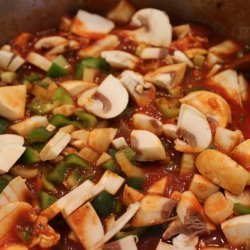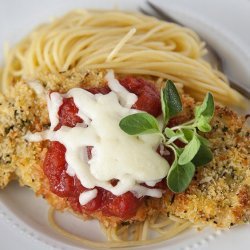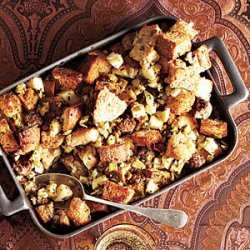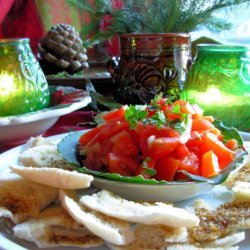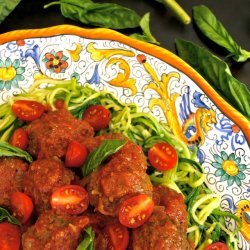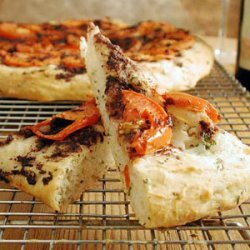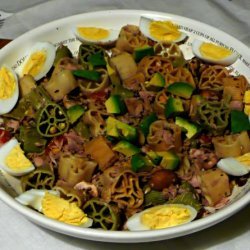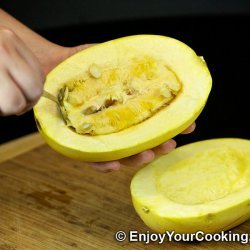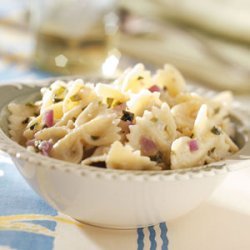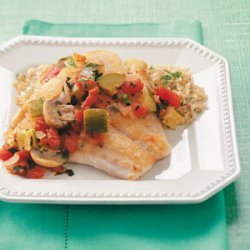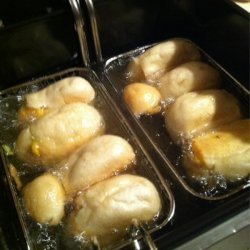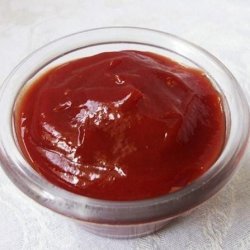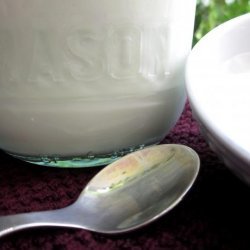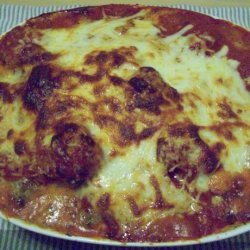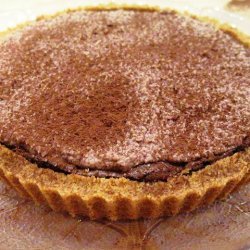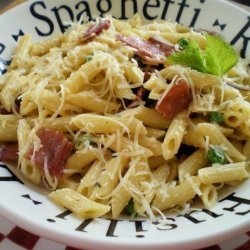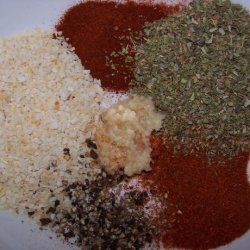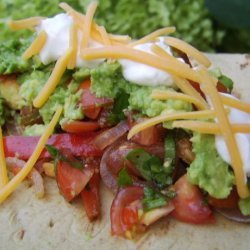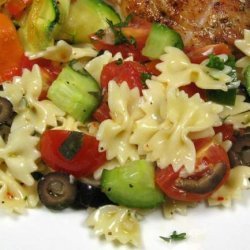Ingredients:
- thumb-sized piece fresh ginger, peeled and roughly chopped
- 1/2 a fresh red chili , deseeded and finely chopped
- 2 cloves
- 1 lb amazing cherry or plum tomatoes, halved plus 1 lb canned plum tomatoes, chopped or 2 lb yellow, orange
Directions:
- Bizarrely enough for a chef, I really do take my hat off to Heinz, who have become the global brand of quality in the ketchup world. It's such an everyday cupboard product that you've probably never thought to make your own. But if you're growing tomatoes in the garden, or you catch sight of some really beautiful ones at the market in summer, just think how much of a treat it would be to offer your family or guests homemade ketchup. It's great fun to make. And you can make different colors of ketchup using just yellow, orange or green tomatoes - simply exchange the cherry and canned tomatoes for the same amount of your chosen colored ones.
- Place all the vegetables in a large heavy-bottomed saucepan with a big splash of olive oil and the ginger, garlic, chili, basil stalks, coriander seeds and cloves. Season with the pepper and a good pinch of salt.
- Cook gently over a low heat for 10 to 15 minutes until softened, stirring every so often. Add all the tomatoes and 1 1/2 cups of cold water. Bring to the boil and simmer gently until the sauce reduces by half.
- Add the basil leaves, then whiz the sauce in a food processor or with a hand blender and push it through a sieve twice, to make it smooth and shiny. Put the sauce into a clean pan and add the vinegar and the sugar. Place the sauce on the heat and simmer until it reduces and thickens to the consistency of tomato ketchup. At this point, correct the seasoning to taste.
- Spoon the ketchup through a sterilized funnel into sterilized bottles, then seal tightly and place in a cool dark place or the refrigerator until needed - it should keep for 6 months.
- Our agreement with the producers of Jamie at Home only permit us to make 2 recipes per episode available online. Food Network regrets the inconvenience to our viewers and users
- About Sterilizing Jars: Properly handled sterilized equipment will keep canned foods in good condition for years. Sterilizing jars is the first step of preserving foods. Tips: Jars should be made from glass and free of any chips or cracks. Preserving or canning jars are topped with a glass, plastic or metal lid, which has a rubber seal. Two-piece lids are best for canning, as they vacuum-seal when processed. To sterilize jars before filling with jams, pickles or preserves, wash jars and lids with hot, soapy water. Rinse well and arrange jars and lids open sides up, without touching, on a tray. Boil the jars and lids in a large saucepan, covered with water, for 15 minutes. Use tongs when handling hot sterilized jars, to move them from boiling water. Be sure tongs are sterilized too, by dipping the ends in boiling water for a few minutes. As a rule, hot preserves go into hot jars and cold preserves go into cold jars. All items used in the process of making jams, jellies and preserves must be clean. This includes any towels used, and especially your hands. After the jars are sterilized, you can preserve the food. It is important to follow any canning and processing instructions included in the recipe and refer to USDA guidelines about the sterilization of canned products.
Nutrition Facts
| Amount Per 1 Serving | |||
| Calories | 2310.4 Kcal (9673 kJ) | ||
| Calories from fat | 380.35 Kcal | ||
| % Daily Value* | |||
| Total Fat | 42.26g | 65% | |
|---|---|---|---|
| Sodium | 302.28mg | 13% | |
| Potassium | 3433.81mg | 73% | |
| Total Carbs | 288.52g | 96% | |
| Sugars | 99.52g | 398% | |
| Dietary Fiber | 134.73g | 539% | |
| Protein | 211.1g | 422% | |
| Vitamin C | 558.4mg | 931% | |
| Vitamin A | 103.1mg | 3436% | |
| Iron | 44.5mg | 247% | |
| Calcium | 867.4mg | 87% | |
| Amount Per 100 g | |||
| Calories | 215.39 Kcal (902 kJ) | ||
| Calories from fat | 35.46 Kcal | ||
| % Daily Value* | |||
| Total Fat | 3.94g | 65% | |
|---|---|---|---|
| Sodium | 28.18mg | 13% | |
| Potassium | 320.12mg | 73% | |
| Total Carbs | 26.9g | 96% | |
| Sugars | 9.28g | 398% | |
| Dietary Fiber | 12.56g | 539% | |
| Protein | 19.68g | 422% | |
| Vitamin C | 52.1mg | 931% | |
| Vitamin A | 9.6mg | 3436% | |
| Iron | 4.1mg | 247% | |
| Calcium | 80.9mg | 87% | |
* Percent Daily Values are based on a 2000 calorie diet. Your daily values may be higher or lower depending on your calorie needs.
Find out how many calories should you eat.
Get Your Recipe of Health!
Follow RecipeOfHealth on Facebook!


